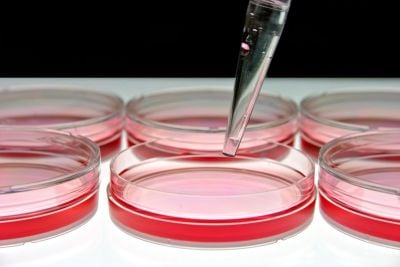Dental pulp in extracted teeth provides alternatives to controversial stem cell research

The controversial use of embryos for stem cell research in regenerative medicine has led researchers to try and find alternatives sources for stem cell therapy used in treatment of human diseases, such as bone marrow transplants to treat leukaemia. Stem cells are used to regenerate damaged tissue in the body and can develop into other types of cells, such as for the heart, kidney or liver.
A recent Japanese study published in the Journal of Dental Research (International and American Associations for Dental Research) presents the use of induced pluripotent stem cells (iPS cells) extracted from dental pulp as a potential source of cell banks for stem cell therapy. The finding signifies quite a step in stem cell research because somatic cells can be easily harvested from extracted teeth and be used as a stem cell bank that replaces use of embryo-forming germline cells.
Pluripotem stem cells when “induced” originate from adult somatic cells through forced gene expression and can differentiate into fetal or adult germ cell layers. These induced pluripotem cells can form almost any type of tissue cell found in the body. While embryos develop specifically from germline cells, somatic cells exist throughout the body. The ability to reprogramme somatic cells reduces the risk of immune-system rejection during cell transplantation therapy and increases more ethical cell therapy prospects for treating human disease.
Join this Discussion









